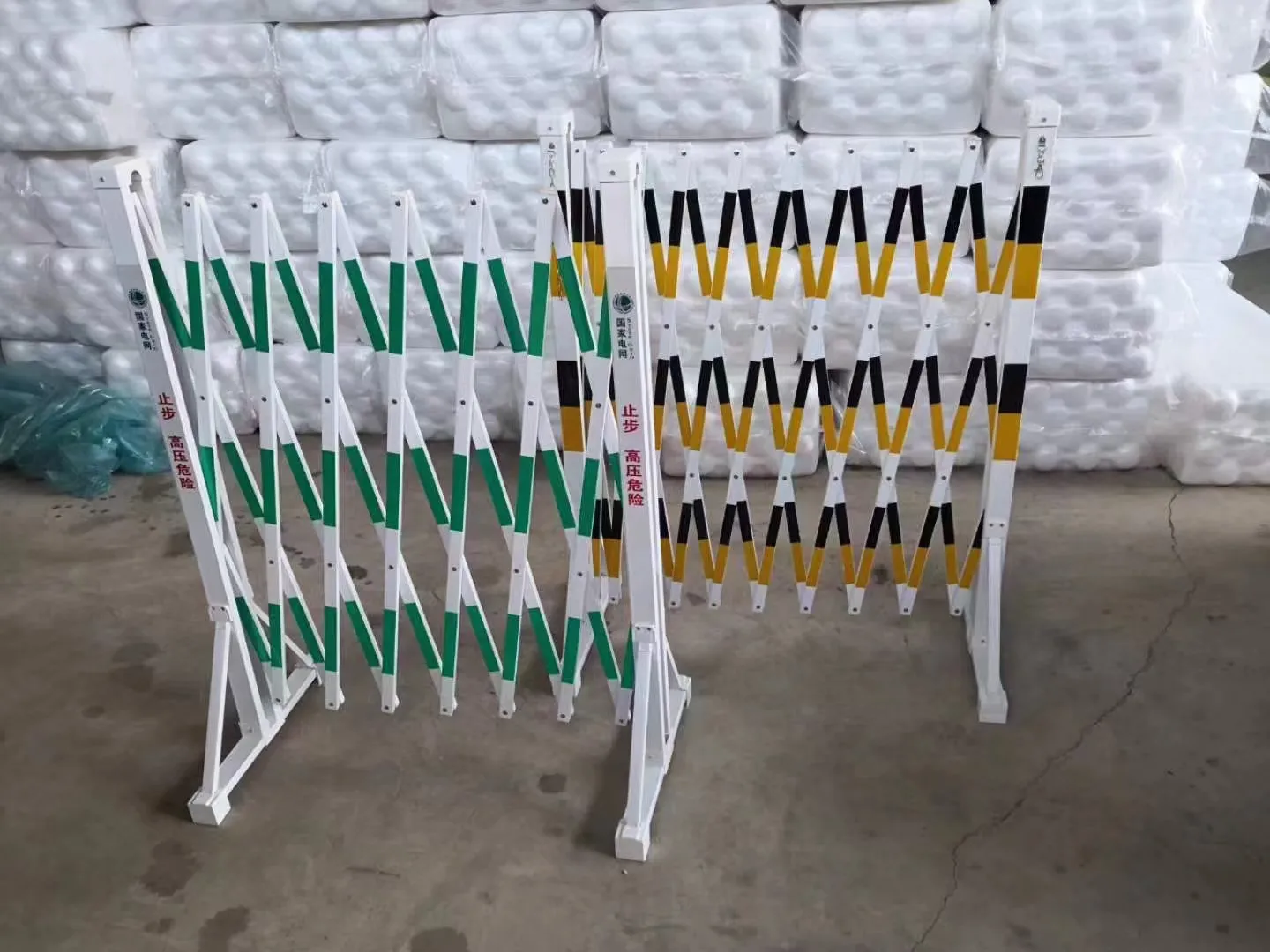loading...
- No. 9, Xingyuan South Street, Dongwaihuan Road, Zaoqiang County, Hengshui, Hebei, China
- admin@zjcomposites.com
- +86 15097380338
- Welcome to visit our website!
fiber reinforced polymer rebar
Fiber Reinforced Polymer Rebar The Future of Construction
In the ever-evolving construction industry, the use of Fiber Reinforced Polymer (FRP) rebar is gaining significant traction. As traditional steel rebar faces challenges such as corrosion, weight issues, and labor-intensive installation methods, FRP rebar emerges as a practical solution that addresses these limitations while enhancing performance and durability.
Fiber Reinforced Polymer Rebar The Future of Construction
Moreover, the lightweight nature of FRP rebar simplifies transportation and handling on-site, reducing labor costs and improving efficiency during construction. Workers can easily maneuver and install the rebar, cutting down on time and effort required during the building process. This efficiency is particularly beneficial in large projects where time constraints play a critical role in overall costs and deadlines.
fiber reinforced polymer rebar

Another advantage of FRP rebar is its high tensile strength-to-weight ratio. Despite being lighter than steel, FRP can offer equivalent or superior load-bearing capacity, making it ideal for various structural applications. In seismic zones or areas prone to earthquakes, the flexibility of FRP rebar can help absorb and dissipate energy, enhancing the safety and resilience of buildings.
Additionally, the use of FRP rebar opens new design possibilities for engineers and architects. The non-conductive nature of FRP allows for more innovative approaches in electrical and telecommunications installations, as it does not interfere with signals or create electrical issues commonly associated with steel reinforcement.
However, the adoption of FRP rebar is not without challenges. Higher initial costs and the need for specialized training for installation can be barriers to widespread acceptance in some regions. Nevertheless, as technology advances and production methods improve, it is anticipated that these obstacles will diminish over time, making FRP rebar a viable option for an increasing number of projects.
In conclusion, Fiber Reinforced Polymer rebar represents a significant advancement in construction materials. With its superior corrosion resistance, lightweight properties, and design flexibility, FRP rebar is poised to revolutionize the way engineers and builders approach reinforcement. As sustainability and durability become increasingly paramount in the architecture and construction sectors, the future of FRP rebar looks promising, paving the way for safer, longer-lasting structures.
-
Transform Your Spaces with FRP Grating SolutionsNewsNov.04,2024
-
The Versatility and Strength of FRP RodsNewsNov.04,2024
-
The Excellence of Fiberglass Water TanksNewsNov.04,2024
-
The Benefits of FRP Grating for Your ProjectsNewsNov.04,2024
-
Elevate Your Efficiency with FRP Pressure VesselsNewsNov.04,2024
-
Welcome to the World of FRP Pressure VesselsNewsOct.12,2024
-
Unveiling the Future of Filtration: Why FRP Filter Vessels are a Game ChangerNewsOct.12,2024
